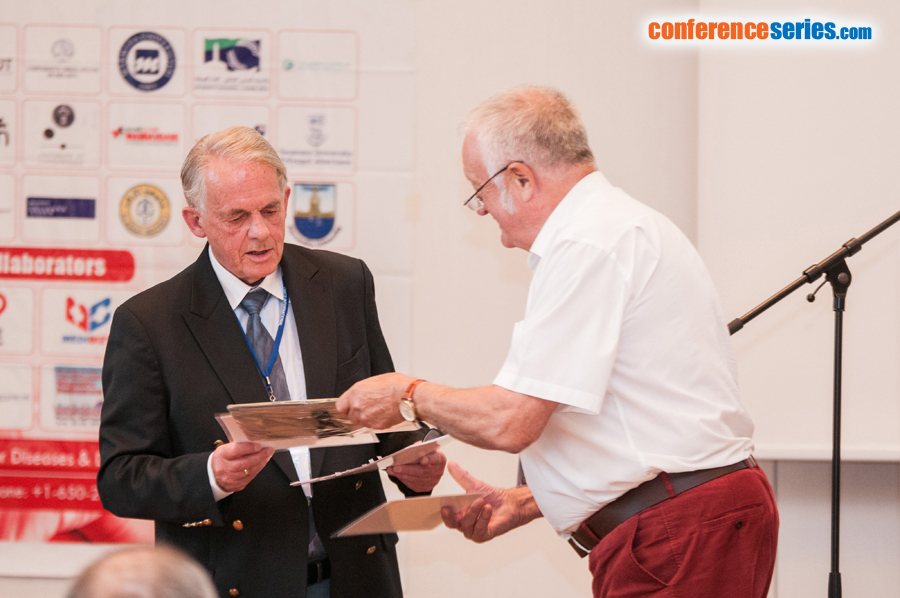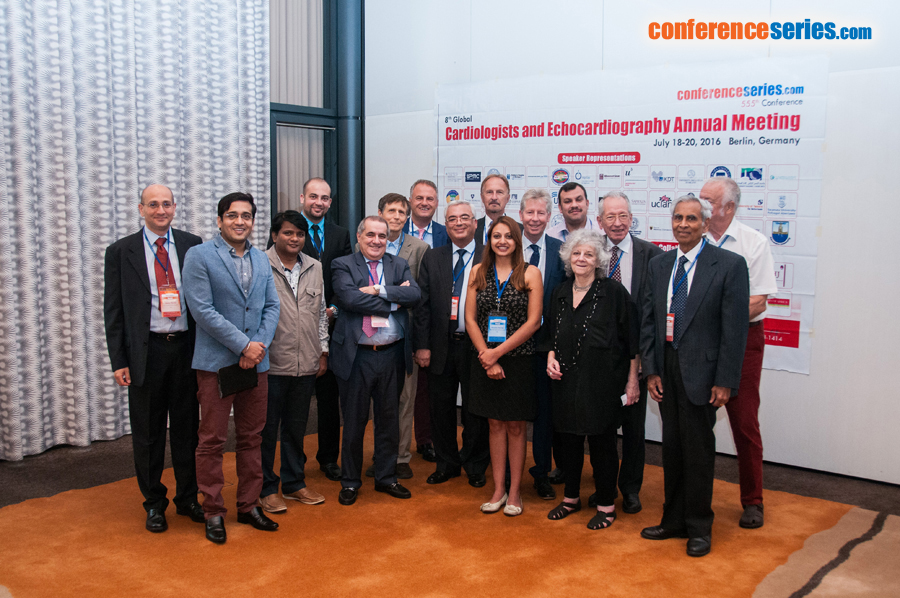
Paul Peter Lunkenheimer
University of Muenster, Germany
Title: The ventricular mass is structured to function as an antagonistic system
Biography
Biography: Paul Peter Lunkenheimer
Abstract
Introduction: Throughout the 20th century, it has generally been accepted that the cardiomyocytes making up the ventricular mass contract exclusively in centripetal direction. The validity of the law of Laplace depends on that prerequisite, as does the diagnostic reliability of hemodynamic measures such like intra-cavitary pressures, cardiac output and the velocity of aortic blood flow. The background to this notion was the postulate of Otto Frank that all cardiomyocytes are aggregated together in strictly tangential fashion relative to the epicardial surface plane. There is now increasing structural and functional evidence, however, that the cardiomyocytes are capable simultaneously of producing constrictive and dilating forces. Myocardial structure: Using macroscopic peeling, histology, diffusion tensor magnetic resonance imaging, and pneumatic distension followed by computed tomography, we have identified a wide range of angular deviations of the aggregated cardiomyocytes from the strictly tangential arrangement, with the measured angles ranging between 0 and 45 degrees relative to the epicardial surface plane, with some exceeding 45 degrees during systole and in the setting of hypertrophy. Contractile function: Measurements of developed forces throughout the left ventricular walls by means of needle force probes have confirmed the presence of two types of signal in human, as well as in animal, hearts. Auxotonic forces are generated in the two-fifths of the myocardial aggregates that deviate from the tangential alignment, are functioning partially to counteract systolic mural thickening. The anticipated unloading forces are generated by the remaining aggregates, which are aligned tangentially to produce cavity constriction and mural thickening. Intrinsic antagonism: The two forces simultaneously act in opposite direction, thus providing an antagonistic system to facilitate rapid ventricular dilation during early diastole, to stabilize ventricular shape and to optimize the timing of the sequence of local mural inward motion. The intrinsic antagonism, nonetheless, is prone to dysfunction, especially in the settings of hypertrophy and fibrosis. This is because, with progressive mural thickening, there is a dramatic increase in the deviation of the aggregates from their predominant tangential alignment. Asymmetrical sensitivity to inotropic stimulation: We have also shown that the aggregates that generate auxotonic forces are significantly more sensitive to positive and negative inotropic stimulation than those generating the unloading forces. The intrinsic antagonism, therefore, is susceptible to appropriate selective therapy. This is particularly the case in the setting of hypertrophy, since during cardiac surgery we have shown the antagonistic forces to be critically augmented.




